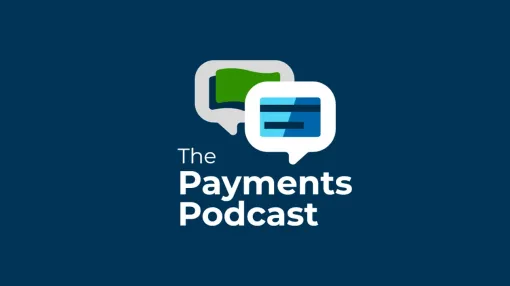For the third in our series covering 2024 Business Payment Trends we’re delighted to have Leo Lipis. As the founder of global payments consultancy Lipis Advisors, Leo has over 25 years of experience in payment systems consulting and research on all six continents. Before founding Lipis Advisors in 2007, he held positions in payments strategy and analysis with commercial banks, clearing houses, and central banks. Leo works chiefly in transaction banking, payment system strategy & design, and treasury management.
EU Instant Payments Evolution: I expect the EU regulations around instant payments to have an impact, but that impact will differ depending on the specific country within the union, particularly in countries where there is a pricing differential or with a low adoption rate. We’ve done regression analysis and have found a direct correlation between reachability and accessibility. Once you reach about 93% or 94% accessibility in a country, usage takes off. The other key with the key correlation here is pricing. We've seen time and time again across many countries, that if the price of a payment service to the consumer increases, demand will decrease and vice versa. So, this is exactly what the commission has taken aim at with this regulation. It aims to increase usage while managing the pricing for the service. That will have a collective impact, especially in countries where instant payments have low adoption rates, like Germany and Austria.
Swift Gets Wise: The recent announcement with the Wise cross-border platform is a real watershed moment for the industry. If you missed it, financial institutions seeking will be able to route Swift payment messages directly to Wise Platform through its latest Correspondent Services solution. This routing will enable their customers to benefit from the speed and convenience of Wise and the breadth of Swift without needing to implement any major changes to their systems. We have the leading cross-border payments infrastructure announcing an alliance with a leading fintech to help banks innovate on cross-border payments, which they often can't do directly. There are other initiatives like that with other national market infrastructures, like the announcement a couple of years ago between the European Banking Authority (EBA) clearing and The Clearing House for the US. It’s all about the regionalization of cross-border payments and creating regional payment infrastructures that will support the flow of payments across highly important trade corridors.
Fraud Detection Goes In-Market: I think the best hope at this point is integrating fraud prevention functionality into market infrastructures. So far, we've been trying to stop fraud at the point of initiation, and that's important because it's a whole lot easier to keep the horse in the barn than to catch it and put it back in after it's bolted. I get that. However, there are certain flows and specific patterns that can be recognized by market infrastructures but can't be recognized by initiating or originating financial institutions. So, for example, if there's been a lot of small transactions going into one account, and then a short time later, one large transaction going out of that same account okay. No individual bank is going to have visibility of those transactions. But a wider lens of the market infrastructure will see patterns of behavior and patterns of origination across multiple financial institutions. Perhaps a community of banks can do what an individual bank cannot.
Mobile Migration: I expect to see more use cases around mobile for business payments next year. If I look at my own patterns of usage, even from running my business, I find I’m doing a lot more with my phone than my laptop. I use the same tools to manage my small businesses finance as I use to manage my personal finances. And I know it's not that complicated, but the point is that certain tools make using the phone a more attractive tool than a laptop or PC, right? Because I can use the camera, I can do things like scan an invoice, use AI to recognize the payee and the account number and don't have to enter all that data manually. We’ve talked about mobile for the past two or three years, but this is the year it starts to get real traction.


